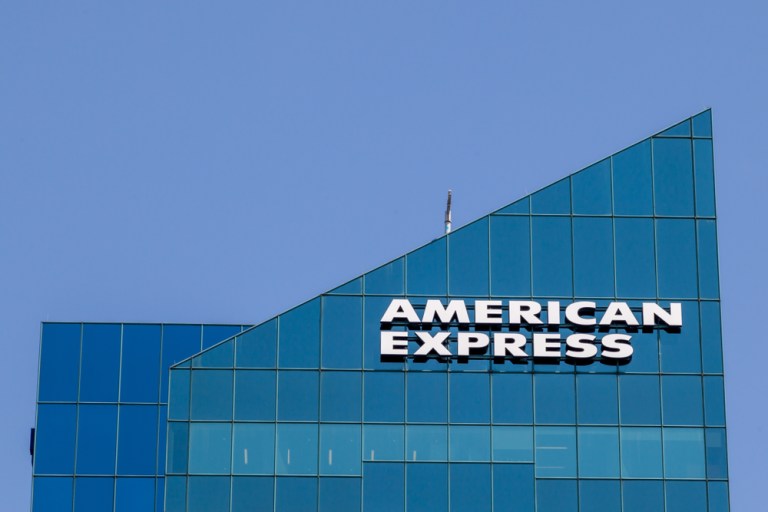
And so, the two-sided market lives on.
In a ruling Monday morning (June 25), the Supreme Court of the United States ruled that American Express, the third-largest card network in the U.S., did not violate federal antitrust laws with business practices — known as anti-steering — that prohibit merchants from, in turn, dissuading consumers from using American Express cards.
The ruling in the case, Ohio vs. American Express, was handed down with a 5-4 vote. In essence, the court denied the argument — brought forth by the government — that competition in the marketplace had been stymied by anti-steering.
As noted by PYMNTS as the case progressed, the argument put forth by the government (and 11 U.S. states) hinged on the claim that the Amex mandates hurt merchants and that the benefits cardholders got with rewards should be ignored.
In one excerpt from the ruling, Associate Justice Clarence Thomas, writing for the majority, penned that the business practice, which has been in place for decades, was and is, in fact, legal. Amex’s practices, he stated, have fostered “robust inter-brand competition and has increased the quality and quantity of credit card transactions.”
As a business practice, anti-steering means that card companies (in this case, Amex, of course) ban merchants from “steering” the end consumers to using alternative cards that have lower transaction fees.
The June 25 decision may cap a legal battle that began years ago. In 2010, Visa and Mastercard settled with the Justice Department, and yet Amex pushed on with its assertion that higher fees served as a benefit to cardholders.
The case went to trial in 2014, and eventually after twists and turns, an earlier decision that the market considerations should have focused on the merchant side of the equation was reversed on appeal. A circuit court ruled that in defining the marketplace, both the consumer and merchant sides of the business should be considered.
The ruling Monday by the Supreme Court effectively backs that sentiment. And, in that same circuit ruling, it was stated that the U.S. government would have to show that harm on one side would be greater than the benefits seen on the other side of the marketplace equation.
As for the higher transaction fees in place, the decision Monday stated that “evidence of a price increase on one side of a two-sided transaction platform cannot, by itself, demonstrate an anticompetitive exercise of market power.”
In considering whether actions are harmful, wrote Thomas, “both sides of the two-sided credit card market — cardholders and merchants — must be considered.”
As noted by PYMNTS toward the beginning of the year, the concept of two-sided marketplaces exists (and thrives) across verticals beyond credit cards. Amicus briefs filed with the court in the months leading up to the case being brought before the highest court in the land noted that antitrust findings could have ripple effects in industries such as healthcare.
In further findings on competition specific to the credit card industry, the court found that “Visa and Mastercard — two of the major players in the credit card market — have significant structural advantages over Amex. Amex competes with them by using a different business model, which focuses on cardholder spending rather than cardholder lending. To encourage cardholder spending, Amex provides better rewards than the other credit card companies. Amex must continually invest in its cardholder rewards program to maintain its cardholders’ loyalty. But to fund those investments, it must charge merchants higher fees than its rivals.”